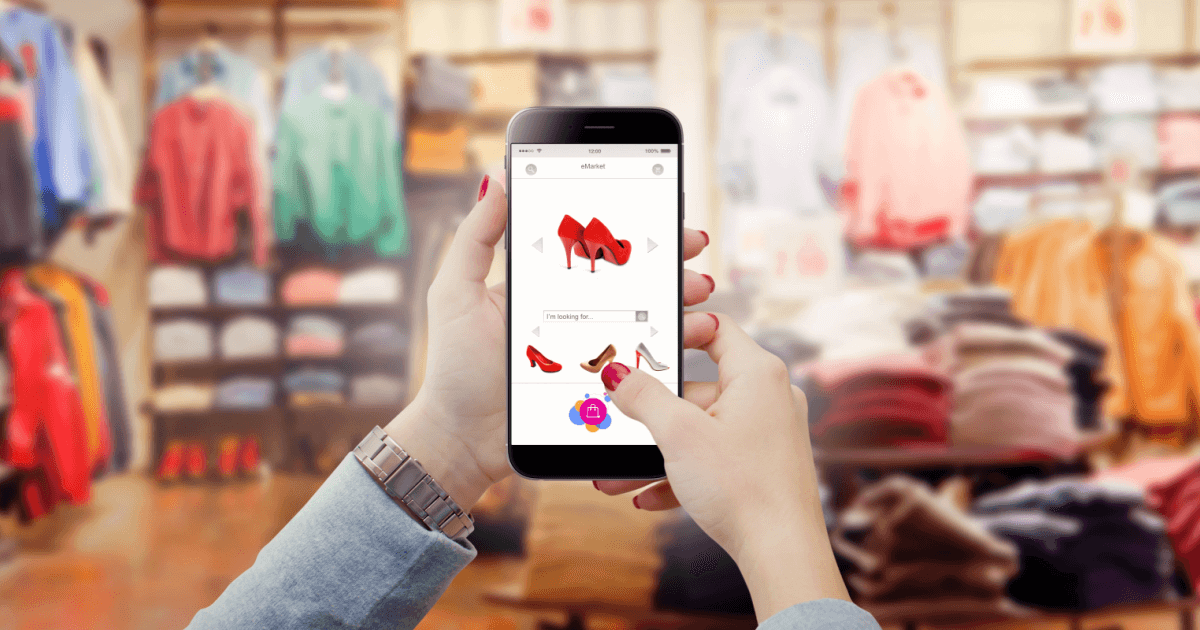January 6, 2023
Shopping behavior has drastically shifted. Historically, brands have primarily relied on in-person engagements to drive trial, awareness, and demand for products. Now that shoppers aren’t seeking out food samples in grocery stores or testing products in their favorite retail stores as often as before, brands need to alter their field marketing strategy to still achieve channel sales goals.
Joining in the online conversation and building your digital presence is the next frontier for field marketing.
What is field marketing?
Field marketing is a method used by marketing professionals used to increase brand awareness, improve relationships with customers, and, most importantly, drive lead generation.
Because field marketing methods tend to involve product sampling, interactive marketing, live events, and selling “in the field”, most interactions are typically face-to-face. But with nearly a third of global consumers shopping online once or more a week, how can you pivot your field marketing strategy to meet these shoppers you can’t market to in person?
5 ways to pivot your field marketing strategy
Here’s the top five strategies for your brand to take your field marketing strategy online and win over digital shoppers.
1. Use user-generated content to cultivate a positive online experience
User-generated content (UGC), like customer reviews and social posts, doesn’t just help shoppers find, evaluate, and purchase products faster. It also helps brands and retailers engage and connect with customers through content they can trust. In a time when authenticity is key, UGC provides honest social proof to convince shoppers to make a purchase.
If you don’t have a lot of UGC on your website, start with the essentials. 88% of shoppers consult ratings and reviews before making a purchase because. A question and answer platform on your e-commerce site enables you to easily respond to customer queries, which can lead to a 98% lift in conversion rate. And 74% of shoppers say visual UGC increases their likelihood of purchase.
Once you have the fundamentals of a UGC program, explore additional digital advertising opportunities that utilize customer photos and reviews to target your audience across paid social, paid search, and digital ads. After all, the top two factors that improve ad performance are both UGC.
2. Pivot your sampling strategy
Sampling is one of the primary field marketing tactics. But with more people shopping online than ever before (or at least a hybrid of in-store and online) there’s fewer people to try your free samples in-store. Luckily, you can still successfully sample products online.
A product sampling strategy will overcome the hurdles of not being able to drive trial in-person while also enabling your brand to ensure you’re getting your products in the hands of your ideal target audience and drive review volume.
Targeting can be done by demographics, psychographics, and customer retailer shopping preferences. You could send out surveys to narrow down which people would be best for your sampling campaign, or you could partner with a vendor that gives you access to an existing sampling community. For example, Bazaarvoice vets everyday customers to understand their preferences and if they’ll be the right fit for the sampled product.
Digital product sampling can quickly generate ratings and reviews and other UGC. Basically, you ask a customer if they would like to experience a product in exchange for their honest feedback, whether through a review or on social media (or both).

Then you send it to them in the mail, they write the review, and you collect and amplify content from real customers in the hopes of influencing new buyers. Bazaarvoice has found that for every 50 samples we send out, we get about 45 reviews in return.
3. Prioritize responding to customers and brand fans
Because you can’t connect with as many people in-store right now, your social channels need to work harder for you. It’s important to be highly engaged across these channels by answering customer questions and connecting with people one-on-one.
Responding to customers inspires confidence because they expect a public response from a brand after providing any type of feedback. Particularly when it comes to negative feedback. 87% of shoppers expect brands to do something after receiving a negative review.
One water startup, Flow Water, recently pivoted to e-commerce and created a loyalty program that rewards customers every time they order to build up their fan base. Flow Water has traditionally had a very heavy field marketing presence. But lately the brand has had to shift focus on really optimizing their online presence.
4. Leverage cause marketing efforts by giving to communities in need
With the increased purchasing power of socially conscious Gen Z, now’s a great time to focus your efforts on cause marketing and using your platform for corporate social responsibility.
Several brands have been giving away products initially planned for sampling activations and highlighting these efforts on social media. Vital Proteins is currently running a “Sip It Forward” program where they encourage people to nominate a frontline hero to receive a complimentary shipment of their products.
Califia Farms is running a similar program. The company has pledged “one million servings of our nourishing beverages to frontline healthcare workers and other communities in need through the pandemic.” Califia Farms highlighted this effort on their social channels to raise awareness, and Vital Proteins similarly showcased their campaign.
This impacts your brand image and customer trust. Customers today are more socially conscious and want to spend their money with brands that give back.
5. Engage shoppers with experiential marketing
Field marketing works because most activities associated with it, sampling a product you can’t get enough of or enjoying an event, are memorable. You need a way to create these types of memorable experiences for your online shoppers. That’s where experiential marketing comes in.
Experiential marketing engages consumers through interactive elements like livestream shopping, AR/VR, and enhanced reward programs. 98% of shoppers value experience over price, it’s up to you to give it to them.
Livestream shopping and short-form video content in particular helps your brand engage with customers digitally and leverage your fan base.
Platforms like Facebook Live, Instagram Live, and Twitch have seen rapid growth thanks to the ability to put on livestream shopping events that show off products. Many brands are starting to use these platforms to create a more personalized experience for shoppers.
For example, Quivr, a nitro bold brew company, sees sales increase by 150% in the 24 hours following a livestream shop.
Plus, clothing brands in China have worked with influencers to create shopping shows that live stream on retailers’ platforms.
If you’re launching a new product during this time, video should be a part of your marketing plan. Jagermeister recently launched a hard coffee product and used a livestreaming strategy to drive awareness. To promote the product, they partnered with the Brunch Boys to host brunch on Instagram live.
The brand also did a press preview of the brunch on Zoom and worked with Drizly to set up delivery for the press. Press members joined, followed along, and made cocktails. This helped create buzz in anticipation of the big brunch event the next week.
Use the right digital field marketing tools
Just because you can’t sample your products among consumers in-person right now doesn’t mean you can’t find creative, fun ways to engage people around your brand. The brands that leverage the power of digital UGC and find unique ways to promote their products will be the ones who come out on top.
Learn how tools like Bazaarvoice Sampling can help you easily make the switch to online field marketing and still provide the experience consumers desire to make purchases.









